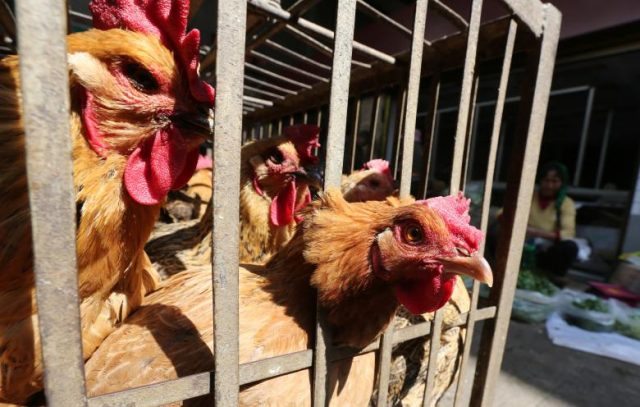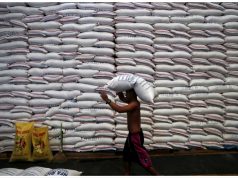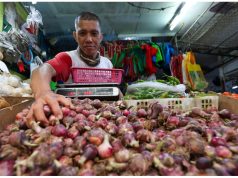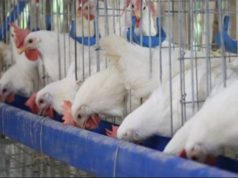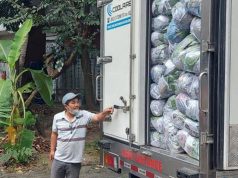(UPDATED 10:44 p.m.) MANILA, Philippines – The government will cull at least 400,000 heads of chickens, quails and ducks after Agriculture Secretary Manny Piñol confirmed an avian flu outbreak in San Luis, Pampanga that he said has killed some 37,000 fowl since April.
Piñol said the outbreak had begun at a farm that grew quail.
The source of the disease and the strain of avian flu were not immediately clear, but Piñol said tests indicate there has been no animal-to-human transmission of the disease.
He said his department is investigating whether the disease had been carried by migratory birds or arrived through the continued smuggling of ducks from China.
Piñol said San Luis has been isolated and 12 quarantine stations have been set up in the town.
Aside from the cull, the Agriculture secretary said he had also ordered a ban on the shipment of poultry products from outside Luzon.
There were indications as early as April of bird flu hitting one farm, but the situation worsened in July, with around 37,000 birds dying during the period, Piñol said.
He said he has informed President Rodrigo Duterte of the outbreak and a report will be submitted to the World Organization for Animal Health in Paris.
The Philippines is the latest country in Asia, Europe and Africa where the bird flu viruses have spread in recent months. Many strains only infect birds, but the H7N9 strain has led to human cases, including fatalities, in China.
SINAG: Precautions, but also word of caution
The sectoral group Samahang Industriya ng Agrikultura (SINAG) said they have taken precautions but reminded everyone to await confirmatory tests.
SINAG’s Rosendo So wondered aloud if the Department of Agriculture had thought it through before making an announcement that would impact the local poultry industry and consumers.
The strain of avian flu implicated “is suspect still,” but even then, the industry is implementing a 1-kilometer radius quarantine as precaution.
Samples are being submitted for verification. “Often, tests turns to be false positive and if test turns [out ot be] true positive, the involved farm and nearby will cull all poultry stocks,” So explained.
He stressed the need for confirmatory tests, which the DA normally does in Australia.
In 2004, he recalled, “nag positive initially; then confirmatory test in Australia revealed na negative – that should be the protocol.”
He assured the public “the industry is very disciplined” and will always act responsibly.
“We wonder kung pinag isipan ng DA ang impact nito sa local poultry industry and consumers, basta basta sila nag a-announce without consulting the industry,” So said.
He wanted to know “how was the test conducted? What sample size? What procedure was followed, etc. What percentage of those tested turned out positive? Was the OIE process followed?” OIE is the French acronym for the World Organization of Animal Health.
Click and watch this video report by News5’s Patricia Mangune explaining the salient points of bird flu below:

